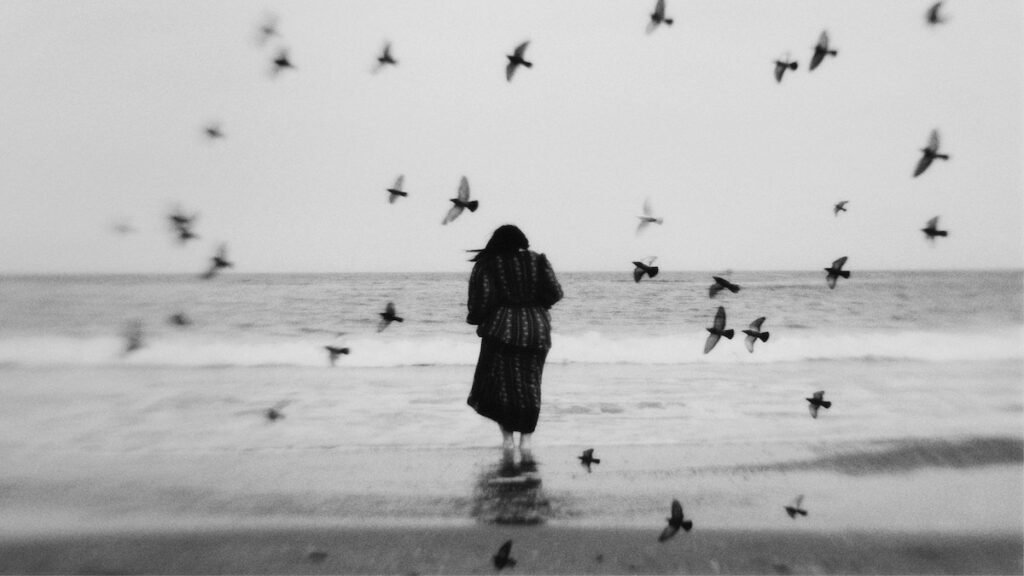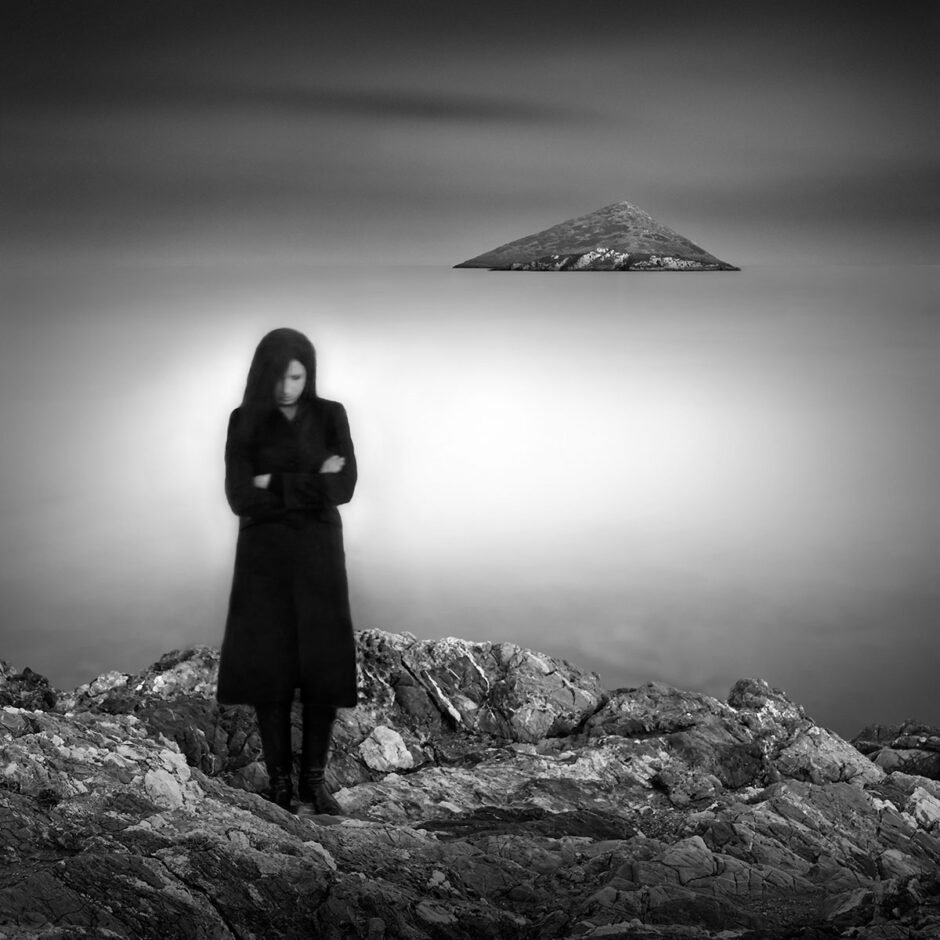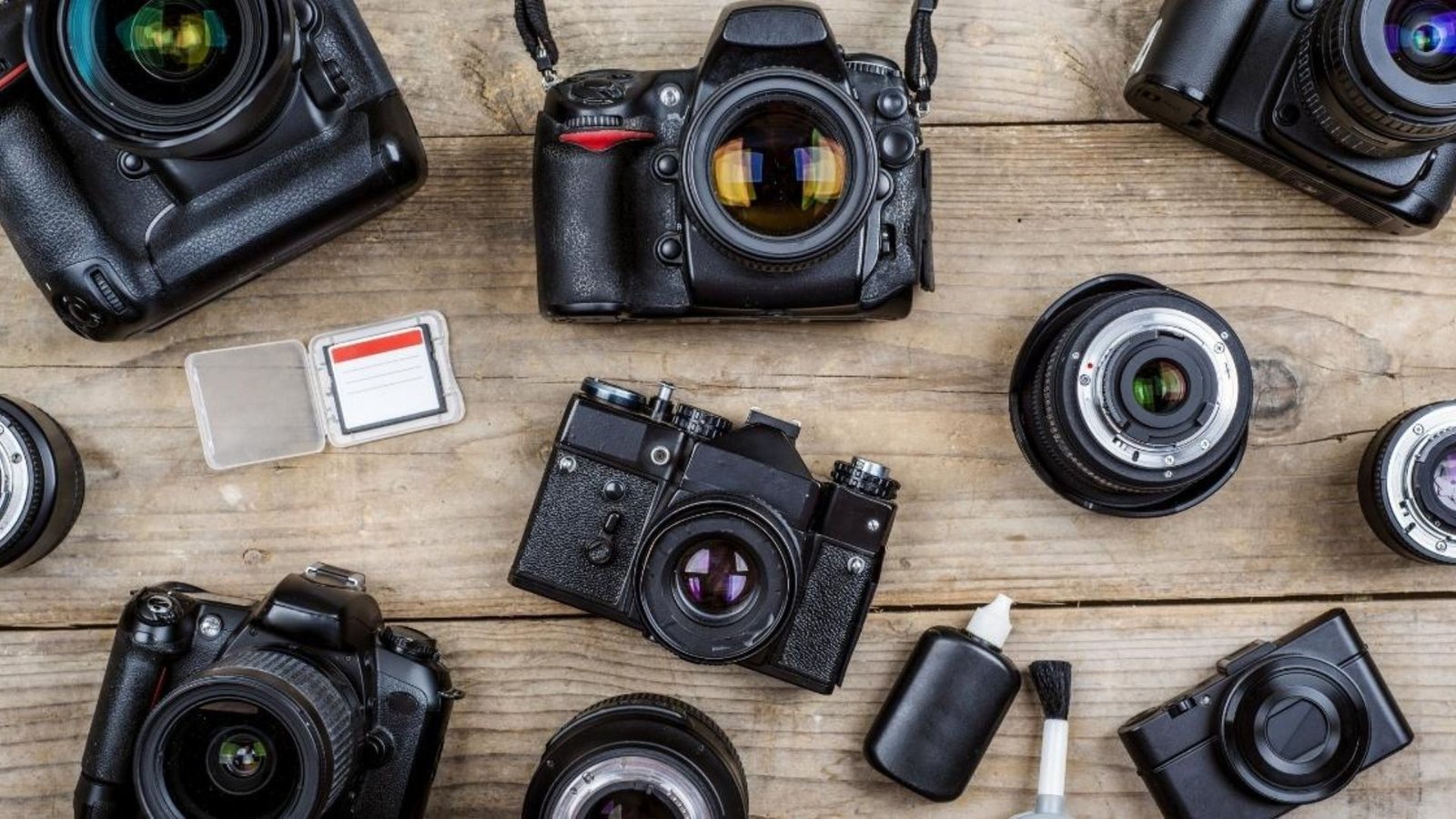Black and white photography is a timeless art form that emphasizes texture, contrast, and composition. By stripping away color, this style focuses on the fundamental elements of a photograph, offering a unique perspective on subjects. This guide explores the principles and techniques to master the art of black and white photography.

Embrace Contrast
Contrast is crucial in black and white photography. It defines the relationship between light and dark areas, highlighting details and textures. Use a high contrast setting to emphasize dramatic differences between light and shadow. Adjusting the contrast in post-processing can enhance the mood and depth of your images, making them more striking and engaging.
Focus on Texture and Details
Without color, texture and detail become more prominent in black and white images. Look for subjects with rich textures, such as weathered surfaces, fabrics, or intricate patterns. Capture the nuances of these textures to add depth and interest to your photos. Fine details become more apparent in black and white, creating a tactile quality in your images.
Utilize Light and Shadow
Light and shadow play a significant role in black and white photography. Pay attention to how light falls on your subject and how shadows form. Use natural or artificial light to create interesting patterns and shapes. Side lighting and backlighting can add dramatic effects and enhance the overall composition of your photos.
Experiment with Composition
Composition is essential in all photography, but it becomes even more crucial in black and white images. Without color to guide the viewer’s eye, elements like lines, shapes, and forms become more important. Follow classic compositional techniques such as the rule of thirds and leading lines to create balanced and visually appealing photographs.
Capture Emotional Impact
Black and white photography often evokes a stronger emotional response due to its classic and timeless nature. Use this to your advantage by focusing on subjects and scenes that convey strong emotions or stories. Portraits, street photography, and dramatic landscapes work particularly well in black and white, allowing the viewer to connect more deeply with the subject.
Use Filters and Post-Processing
Filters and post-processing can enhance the impact of black and white images. In-camera filters, such as red or yellow filters, can affect how different colors convert to grayscale, altering contrast and tonal range. Post-processing tools, like Adobe Lightroom or Photoshop, offer options to adjust contrast, brightness, and tonality, allowing you to fine-tune your images for optimal results.
Explore Different Styles
Black and white photography encompasses various styles, from classic and traditional to modern and abstract. Experiment with different approaches to find your unique style. Explore genres such as high-key (bright and light), low-key (dark and moody), or abstract black and white photography. Each style offers a different way to express your vision and creativity.
Pay Attention to the Subject
Certain subjects lend themselves well to black and white photography. Subjects with strong geometric shapes, patterns, and textures often work well. Architectural details, vintage objects, and candid portraits are excellent choices. Focus on subjects that can stand out in grayscale and offer visual interest without relying on color.
Practice Patience and Observation
Black and white photography requires careful observation and patience. Take the time to study your environment and subjects, considering how light and shadows interact. Wait for the right moment to capture the perfect shot. Developing a keen eye for composition and detail will help you create compelling and memorable black and white images.
Conclusion
The art of black and white photography highlights the essence of composition, texture, and contrast. By focusing on these elements and experimenting with different styles and techniques, you can create powerful and evocative images. Embrace the timeless quality of black and white photography to enhance your visual storytelling and artistic expression.










